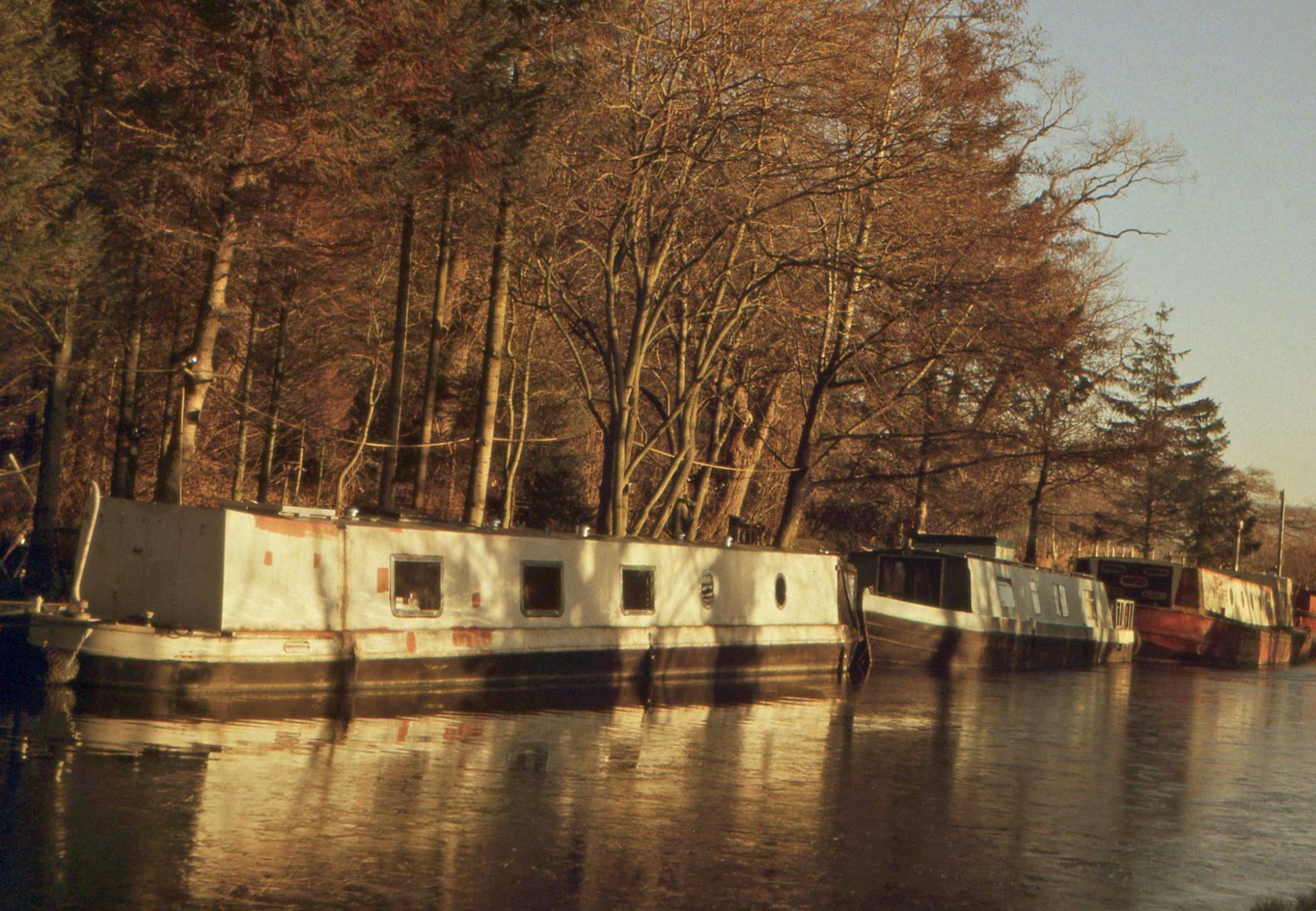Adrian Bacon
Subscriber
There seems to be more than enough color space in sRGB to handle scans. No one will ever notice the difference with scanned film. The post processing that goes on after scans is so rough, no one can ever tell. The biggest problems with scans are that they are rough. You have to sharpen beyond belief. The colors especially with negative color film is often different than reality. Just getting them too look somewhat normal is the main problem. Worrying about matching some color space or missing a few colors is the least of the problems when I scan. The scanning process is just not fine enough to pick up differences that a human will notice. Maybe your experience is different.
My experience is very different than that, and no, sRGB does not have enough space to handle editing scans. As soon as you start pushing or pulling things around, you bang into it’s edges and start to clip tonal information. sRGB is meant to be a destination color space, not a color space you edit in.
I’m curious what you mean by the post processing being so rough. What do you mean by that? If you have to sharpen a lot, you aren’t scanning at very high resolution, and/or your scan is not in focus.
If you’re having trouble getting you color negative film scans to look reasonably like reality, then I would say your workflow could use some improvement.
Having said all that, I realize that a lot of people take your same position about color negative film. This is partly because digital color is not that easy to learn, and adapting an analog source to it just makes it that much more complex, however, it is possible to have very good if not excellent scans of color negative film.











